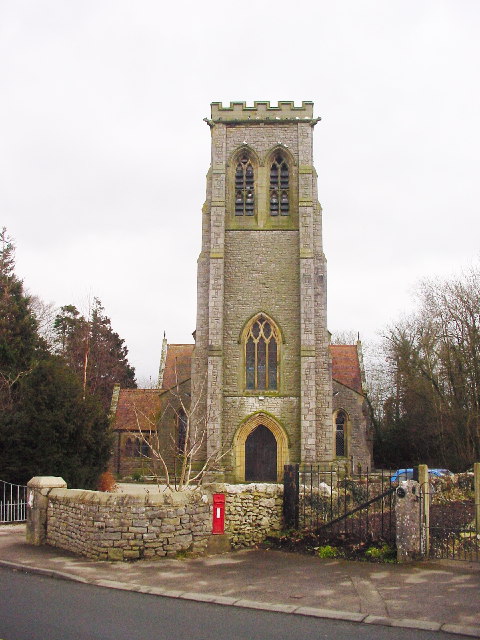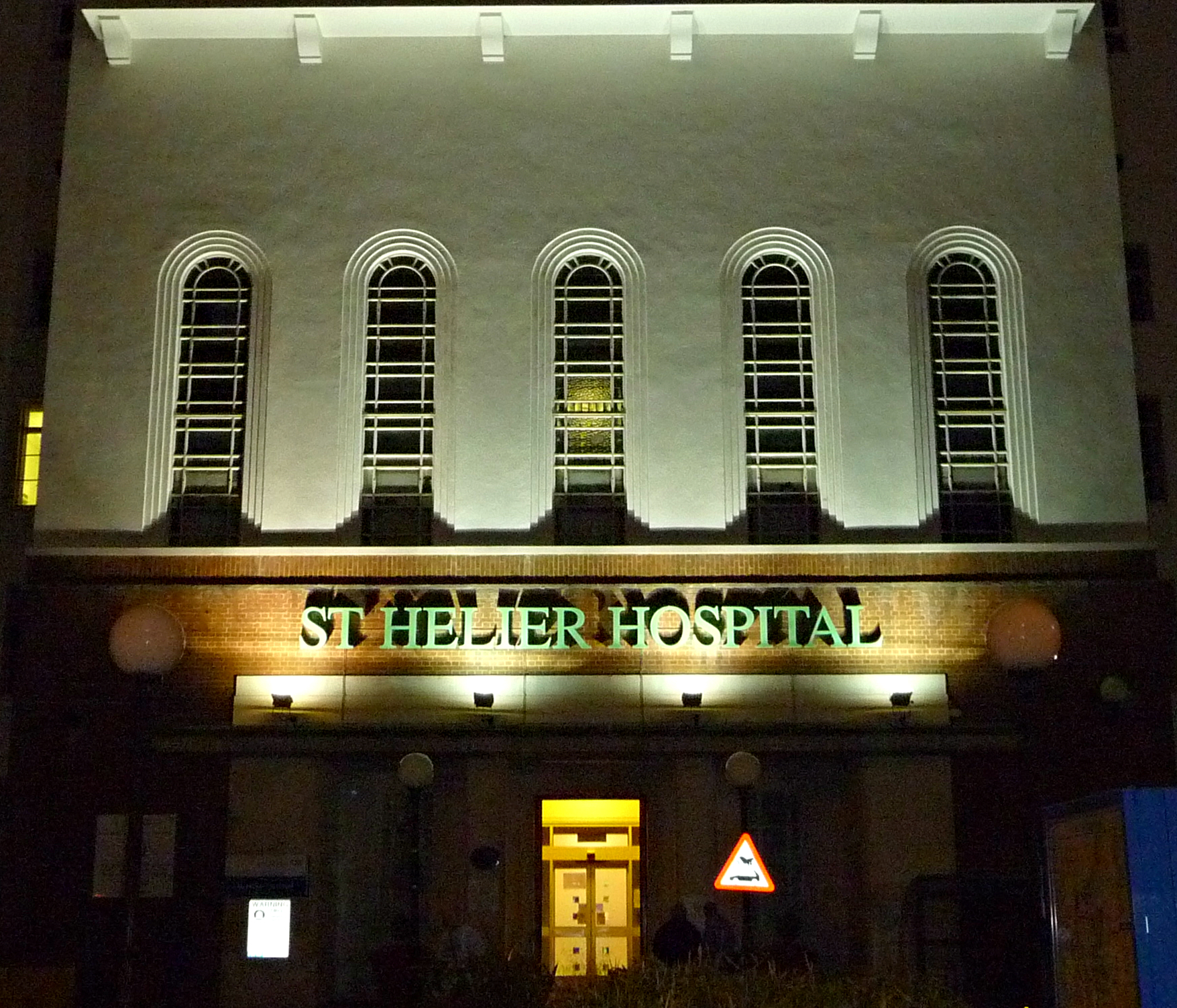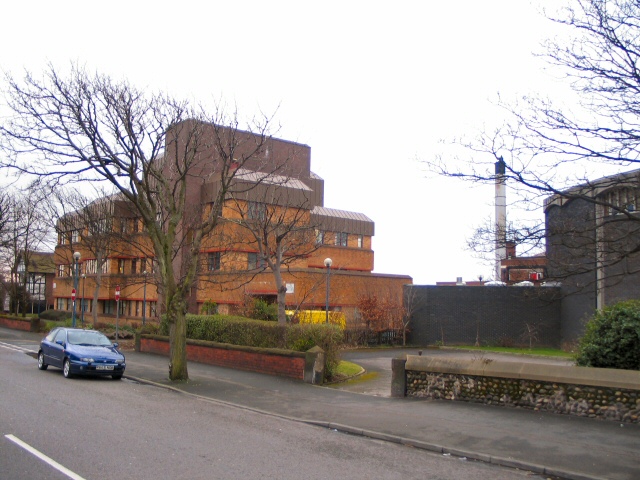|
Edward Prentice Mawson
Edward Prentice Mawson (1885 in Ambleside, Westmorland – 22 December 1954 in Lancaster) was the eldest of the nine children of Thomas Hayton Mawson, and, like his father a British garden designer, landscape architect, and town planner.Oxford Dictionary of National Biography Education He was educated at Windermere Grammar School, the Architectural Association School of Architecture in London and the École des Beaux-Arts in Paris. Career He worked as an apprentice at a London architectural practice before joining his father as a partner in 1910. He took over the running of the firm when his father developed Parkinson's disease in 1923, running it almost single-handed following the emigration to New Zealand of his brother/partner John. After the end of WW2 the firm comprised Edward, his younger son Thomas and Gordon Farrow, an associate of the Institute of Landscape Artists. Notable works include The Peace Palace in The Hague (with his father); the palace gardens in Athens; ... [...More Info...] [...Related Items...] OR: [Wikipedia] [Google] [Baidu] |
Ambleside
Ambleside is a town and former civil parish, now in the parish of Lakes, Cumbria, Lakes, in Cumbria, in North West England. Historic counties of England, Historically in Westmorland, it marks the head (and sits on the east side of the northern headwater) of Windermere, England's largest natural lake. In the Lake District National Park, it is south of the highest road pass in the Lake District, Kirkstone Pass and both places are the meeting point of well-marked paths and mountain hiking trails. In 2020 it had an estimated population of 2596. In 1961 the parish had a population of 2562. Economy Local government services Ambleside is co-administered by South Lakeland District Council and in minor matters forms part of the Lakes, Cumbria, Lakes Civil parishes in England, civil parish. The other main co-administration is Cumbria County Council. Ambleside was formerly a Township (England), township, in 1866 Ambleside became a civil parish in its own right until it was abolished on 1 ... [...More Info...] [...Related Items...] OR: [Wikipedia] [Google] [Baidu] |
Silverdale, Lancashire
Silverdale is a village and civil parish within the City of Lancaster district of Lancashire, England. The village stands on Morecambe Bay, near the border with Cumbria, north west of Carnforth and of Lancaster. The parish had a population of 1,519 recorded in the 2011 census. Silverdale forms part of the Arnside and Silverdale Area of Outstanding Natural Beauty. The RSPB's Leighton Moss nature reserve is close to the village train station. The National Trust owns several pieces of land in the area. The former Tarmac-owned Trowbarrow quarry is now a SSSI and popular climbing location. The Lancashire Coastal Way footpath goes from Silverdale to Freckleton, and the Cumbria Coastal Way goes from Silverdale to Gretna. It is served by nearby Silverdale railway station on the line from Lancaster to Barrow in Furness. Governance Silverdale is in the UK Parliamentary Constituency of Morecambe and Lunesdale, represented since 2010 by David Morris (Conservative), who was r ... [...More Info...] [...Related Items...] OR: [Wikipedia] [Google] [Baidu] |
Norwich
Norwich () is a cathedral city and district of Norfolk, England, of which it is the county town. Norwich is by the River Wensum, about north-east of London, north of Ipswich and east of Peterborough. As the seat of the See of Norwich, with one of the country's largest medieval cathedrals, it is the largest settlement and has the largest urban area in East Anglia. The population of the Norwich City Council local authority area was estimated to be 144,000 in 2021, which was an increase from 143,135 in 2019. The wider built-up area had a population of 213,166 in 2019. Heritage and status Norwich claims to be the most complete medieval city in the United Kingdom. It includes cobbled streets such as Elm Hill, Timber Hill and Tombland; ancient buildings such as St Andrew's Hall; half-timbered houses such as Dragon Hall, The Guildhall and Strangers' Hall; the Art Nouveau of the 1899 Royal Arcade; many medieval lanes; and the winding River Wensum that flows through the city ... [...More Info...] [...Related Items...] OR: [Wikipedia] [Google] [Baidu] |
Merville Garden Village
Merville Garden Village is a housing estate located at Shore Road, Whitehouse, Newtownabbey, County Antrim, Northern Ireland created by structural and landscape architect Edward Prentice Mawson. It was completed in 1949. Historical background Merville was originally a private house, the modern-day Merville House, and estate built in 1795 by the Belfast banker and merchant John Brown (c.1740-1808). It was intended as his country retreat. Other fêted people would come to reside at the sprawling 24-acre shoreline manor. Between 1849–1887, for example, it was the home of Sir Edward Coey (1805–87), noted as the first and only Liberal Party Mayor of Belfast (1861) and prominent wealthy businessman, who helped make Belfast one of the most prosperous manufacturing centres in the world during the 19th century. During WWII little to no houses were built and Belfast was becoming densely populated. So in 1947-49 the Garden Village, the first such housing development in Ireland, wa ... [...More Info...] [...Related Items...] OR: [Wikipedia] [Google] [Baidu] |
St Helier, London
St Helier () is a residential cottage estate in the London boroughs of Merton and Sutton. The portion of the estate north of Green Lane and Bishopsford Road is in Merton, the remainder is in Sutton. History The site of the St Helier estate has been connected to long-term charity since the early 17th century. Henry Smith (d. 1627) was a wealthy citizen and salter of London who gave much money to parishes in London and Surrey during his lifetime and in his will. He is buried in Wandsworth parish church and is supposed to have been born in Wandsworth. In 1617 he gave £500 towards the purchase of land in Carshalton, the rent of which was to support the poor of Wandsworth. Another £100 bequest came from Mrs. Elizabeth Blackwell. In 1814 the lands were described as being just over 116 acres and having a building, barn and outhouses. The Wandsworth Poor Lands lay on either side of Wrythe Lane at the southernmost part of the St. Helier estate footprint. Another local benefactor was ... [...More Info...] [...Related Items...] OR: [Wikipedia] [Google] [Baidu] |
London County Council
London County Council (LCC) was the principal local government body for the County of London throughout its existence from 1889 to 1965, and the first London-wide general municipal authority to be directly elected. It covered the area today known as Inner London and was replaced by the Greater London Council. The LCC was the largest, most significant and most ambitious English municipal authority of its day. History By the 19th century, the City of London Corporation covered only a small fraction of metropolitan London. From 1855, the Metropolitan Board of Works (MBW) had certain powers across the metropolis, but it was appointed rather than elected. Many powers remained in the hands of traditional bodies such as parishes and the counties of Middlesex, Surrey and Kent. The creation of the LCC in 1889, as part of the Local Government Act 1888, was forced by a succession of scandals involving the MBW, and was also prompted by a general desire to create a competent government fo ... [...More Info...] [...Related Items...] OR: [Wikipedia] [Google] [Baidu] |
Pontins
Pontins is a British company operating holiday parks in the UK, founded in 1946 by Fred Pontin. Since 2011, it has been owned by Britannia Hotels. Pontins specialises in offering half-board and self-catering holidays featuring entertainment at resorts, or "holiday parks", as they have branded them. Accommodation is usually in the form of chalets (which Pontins calls "apartments"). Company history Fred Pontin opened his first holiday camp in 1946 on the site of a former U.S. army base (built during World War II), at Brean Sands near Weston-super-Mare in Somerset at a cost of £23,000. Pontin formed a syndicate, in which he held 50% control, to own the camp. Within a year he had six camps. Over the years he bought more camps and personally ran them for a year, before selling them to the syndicate. He gradually expanded his empire to thirty sites. The camps were smaller and less expensive than Butlin's holiday camps. Pontins had Bluecoats to entertain their guests, as oppose ... [...More Info...] [...Related Items...] OR: [Wikipedia] [Google] [Baidu] |
Holiday Camp
A holiday camp is a type of holiday accommodation that encourages holidaymakers to stay within the site boundary, and provides entertainment and facilities for them throughout the day. Since the 1970s, the term has fallen out of favour with terms such as holiday park, resort, holiday village and holiday centre replacing it. As distinct from camping, accommodation typically consisted of chalets, accommodation buildings arranged individually or in blocks. From the 1960s onward, many camps also added static caravan accommodation, and today, many static caravans are also termed holiday camps. History Cunningham's Young Men's Holiday Camp at Douglas on the Isle of Man is sometimes regarded as the first holiday camp, but it differed from the definition (above), especially as accommodation was still in tents. Cunningham's was still open by the time Billy Butlin opened his first camp in 1936 (and still averaged 60,000 campers on a good year). Ward, Hardy 1987, p. 22. Opened in 1906 by ... [...More Info...] [...Related Items...] OR: [Wikipedia] [Google] [Baidu] |
Squires Gate, Blackpool
Squires Gate is a district and an electoral ward in South Shore, Blackpool on the Fylde coast in the county of Lancashire, England. It is located at the south of the town near the boundary with Lytham St Annes. The population of the ward taken at the 2011 census was 6,437. One of the most significant sites at Squires gate was the holiday camp. Originally called Squires Gate camp, it became a Pontins holiday centre, but closed in October 2009 for a housing development. Prior to becoming a holiday camp, the camp was used as a military base during World War II. Blackpool Airport is in Squires Gate, and the district also has a small railway station on the Blackpool South to Preston branch line. Squires Gate is home to three non-league football clubs, with grounds very close to each other. A.F.C. Blackpool and Squires Gate F.C. both play in the North West Counties League, while Blackpool Wren Rovers F.C. play in the West Lancashire League The West Lancashire Football League ... [...More Info...] [...Related Items...] OR: [Wikipedia] [Google] [Baidu] |
Droitwich Spa Lido
The Droitwich Spa Lido is a lido in Droitwich Spa, Worcestershire, England. It is one of the few remaining inland, open-air salt-water swimming pools in the UK. Brief history The Lido was originally built in the 1930s to a design by Edward Prentice Mawson and the building features an art-deco style interior. The pool itself was filled with diluted brine, pumped from brine streams beneath the town. The salt in the water was strong enough to keep the water in the pool aseptic, without the need for additional chemicals such as chlorine. When the lido opened, it was marketed as the ' seaside come to Droitwich Spa', and the pool was heated to exactly the same temperature as the Mediterranean Sea. During the Second World War, the lido was closed, and its offices used by the military. Resurrection The lido continued to be a popular tourist attraction. Even after its closure at the end of the 1990s, people still travelled for miles just to see the once-popular pool. In late ... [...More Info...] [...Related Items...] OR: [Wikipedia] [Google] [Baidu] |
National Register Of Historic Parks And Gardens
The Register of Historic Parks and Gardens of Special Historic Interest in England provides a listing and classification system for historic parks and gardens similar to that used for listed buildings. The register is managed by Historic England under the provisions of the National Heritage Act 1983. Over 1,600 sites are listed, ranging from the grounds of large stately homes to small domestic gardens, as well other designed landscapes such as town squares, public parks and cemeteries.Registered Parks & Gardens page on . Retrieved 23 December 2010. Purpose The register aims to "celebrate designed landscapes ...[...More Info...] [...Related Items...] OR: [Wikipedia] [Google] [Baidu] |
Stanley Park, Blackpool
Stanley Park is a public park in the town of Blackpool on the Fylde coast in Lancashire, England. It is the town's primary park and covers an area of approximately . The park was designed to include significant sporting provisions, along with formal gardens, a boating lake and woodland area. It was designed and built in the 1920s, under the eye of Thomas Mawson. It is located in the Great Marton and Layton areas of the town. It is Grade II* listed and is on the Register of Historic Parks and Gardens of special historic interest in England. The park's largest gardens feature a fountain built with Italian marble and a number of statues including a pair of Medici Lions. The Italian gardens are overlooked by a cafe, designed by Mawson and built in a traditional Art Deco style, and include steps down to the boating lake. Surrounding the boating lake is a woodland area, including a protected area for wildlife. On one side of the lake is an amphitheatre surrounding a bandstand, also ... [...More Info...] [...Related Items...] OR: [Wikipedia] [Google] [Baidu] |
.jpg)








.jpg)